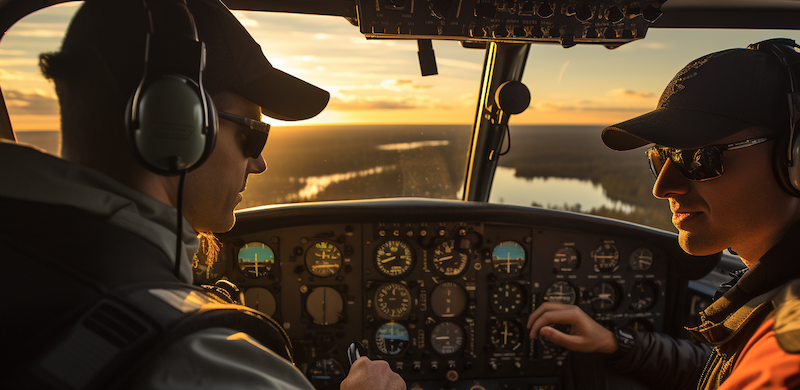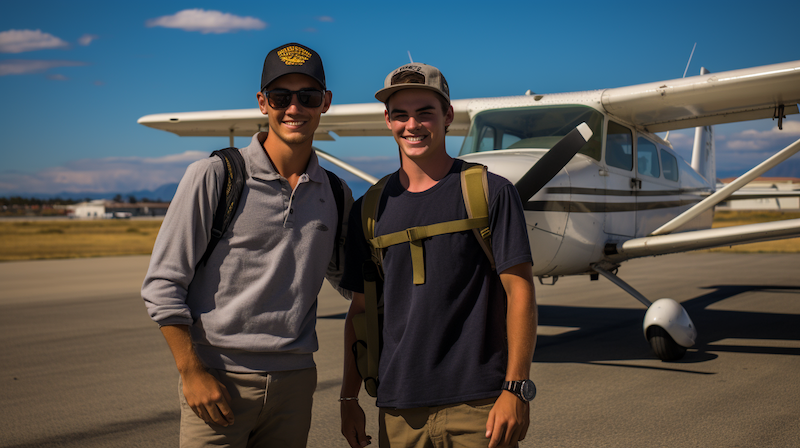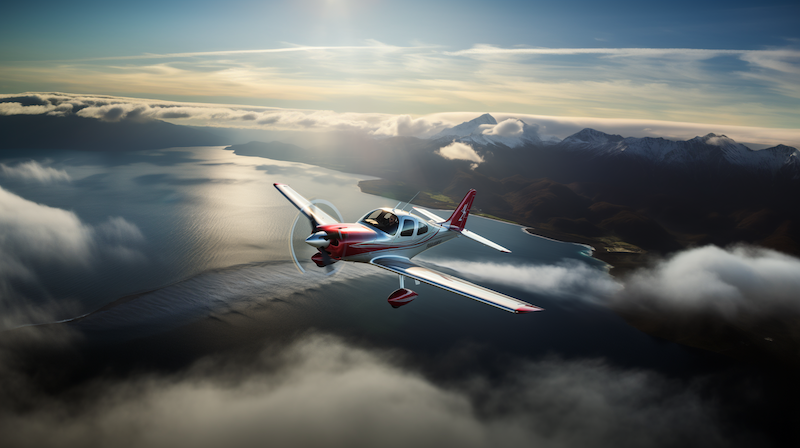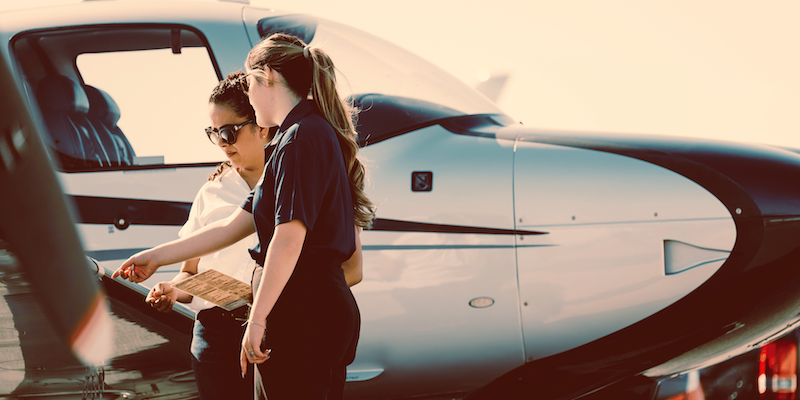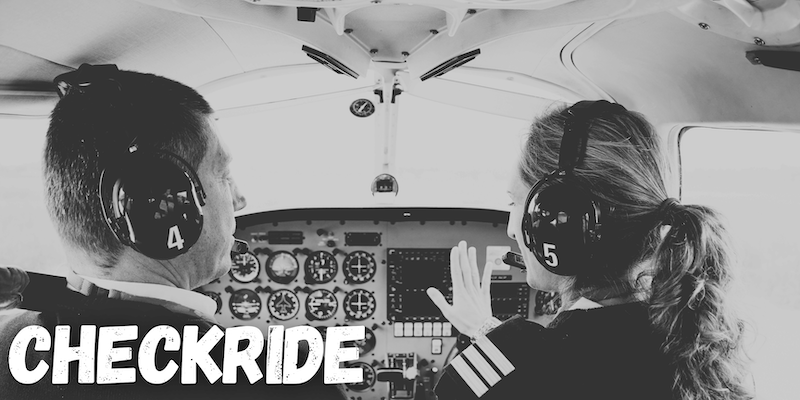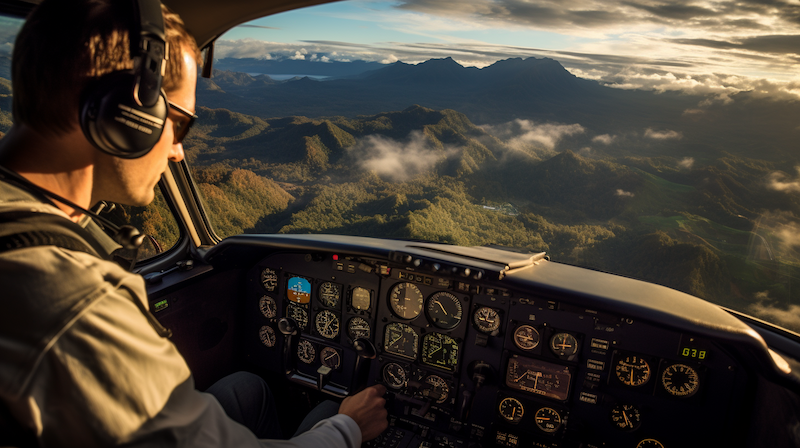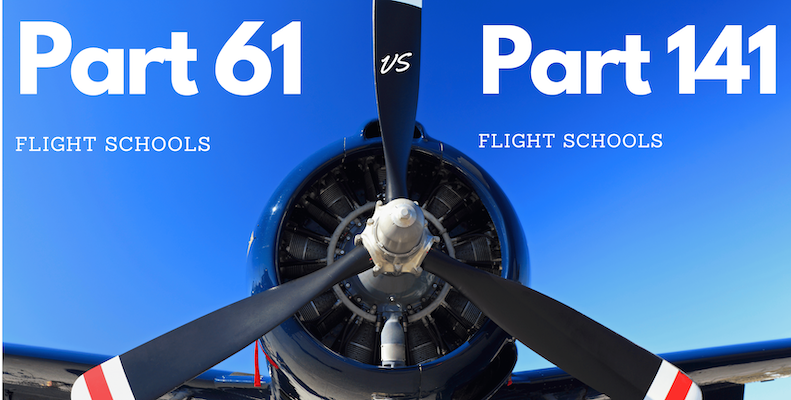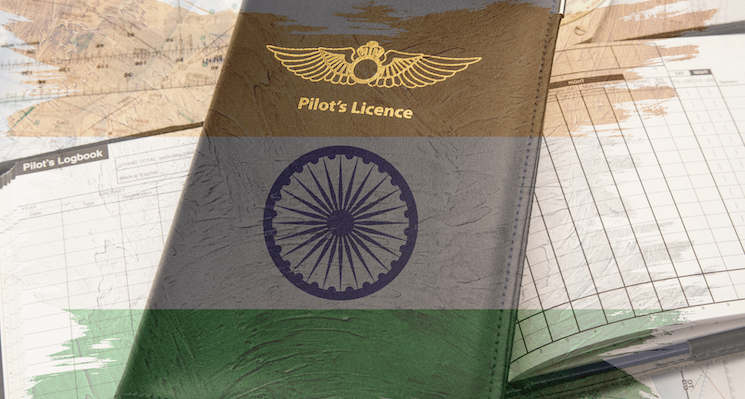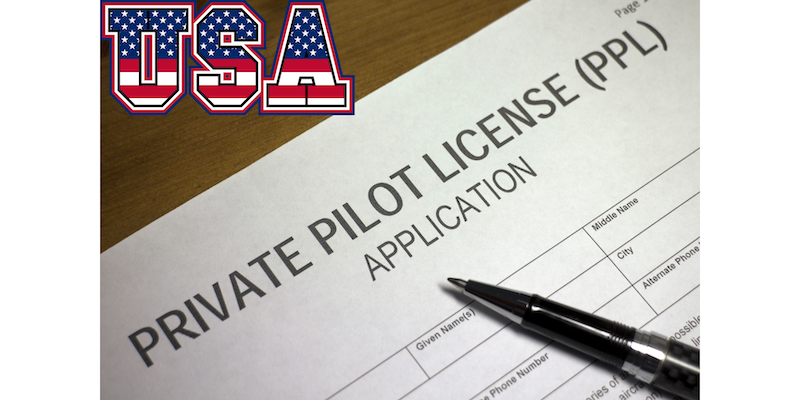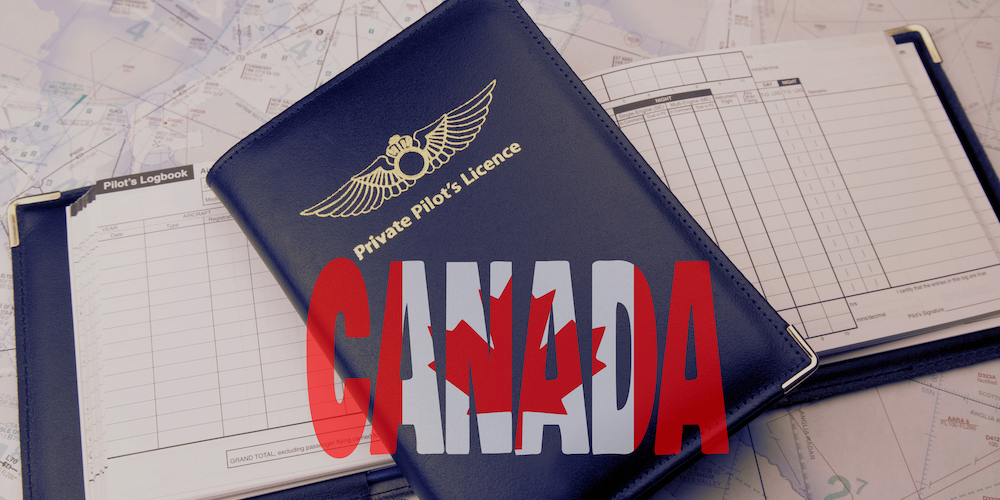Who is a flight instructor? Should I become one after CPL?
A flight instructor is a certified, professional pilot who uses their extensive knowledge and experience to train aspiring pilots. Their role encompasses teaching flying techniques, safety protocols, and navigation skills, along with planning flight paths, interpreting weather forecasts, and demonstrating the operation of aircraft controls.

